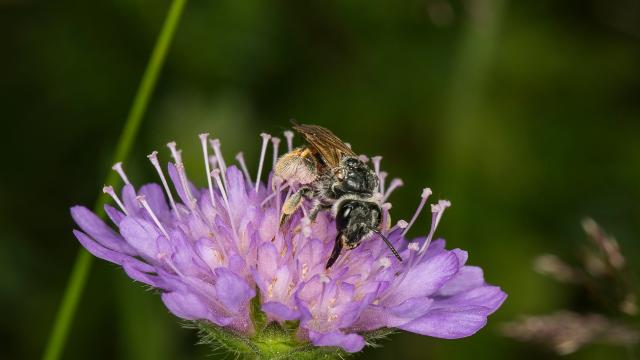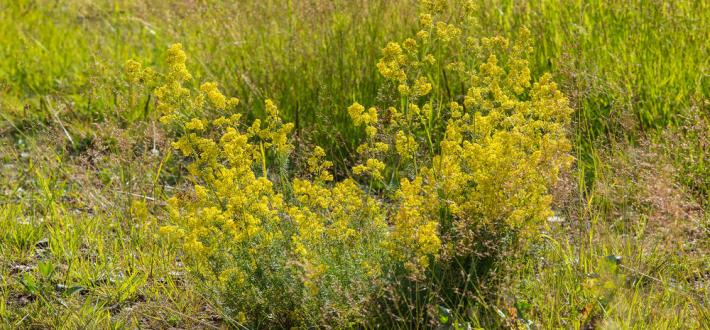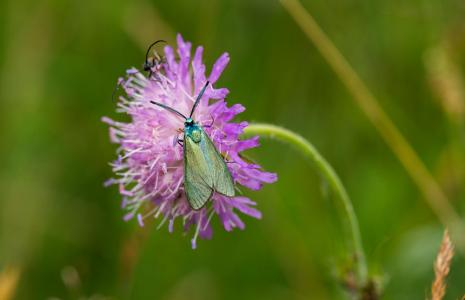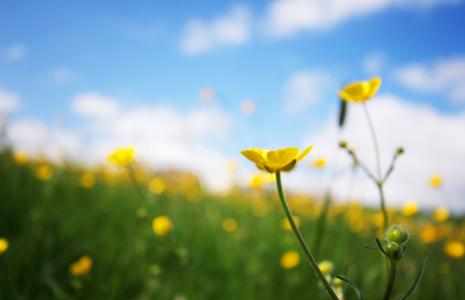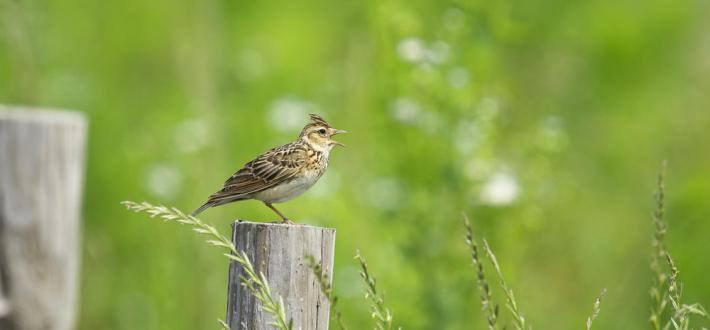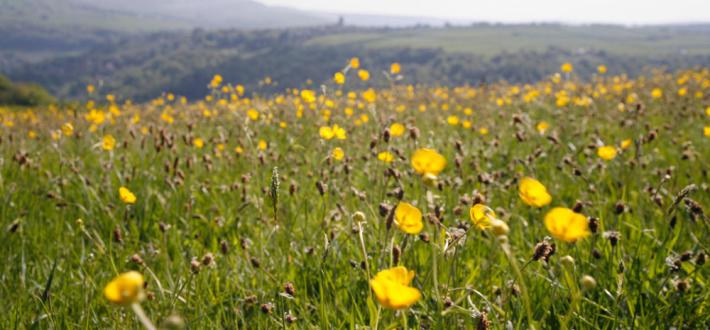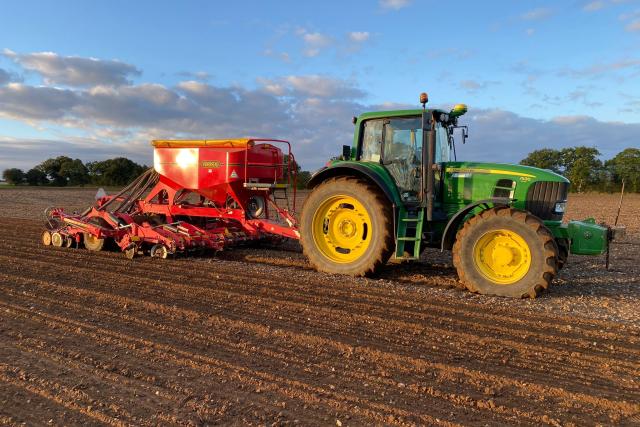
What we're doing
Wildflower restoration not only supports biodiversity by allowing bees, butterflies and other species to thrive – particularly with the crucial pollen and nectar their flowers produce – but in the longer term they can also improve habitat connectivity, water quality, carbon sequestration and natural flood management. All of these are crucial for nature to thrive in the future.
Our work focuses on protecting and restoring wildflower habitats on rural land, with some programmes taking place in urban spaces.
In October 2021, our delivery partner Norfolk Rivers Trust worked with a local farmer and wildflower specialist to drill a local origin, hand-collected seed mix in the Wendling Beck catchment to create 15 hectares of new, flower-rich grassland. The seed mix used has over twice the species diversity of most commercial mixes – which is particularly important to create a thriving and diverse meadow - and contains 3-4 times the proportion of wildflowers compared to grasses.
Over time, the ecological value of this land will increase hugely, supporting a wide range of insects and invertebrates, which in turn support small animals and birds. Its non-cultivation will also benefit the often-overlooked soil micro-organisms that live beneath the ground and help sequester carbon.
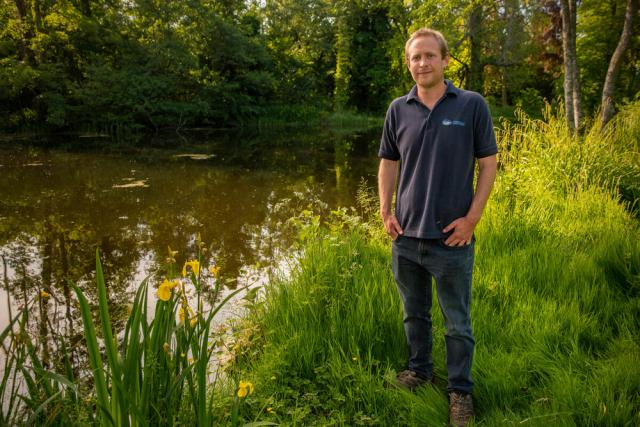
Ed Bramham-Jones
Ed Bramham-Jones of Norfolk Rivers Trust said: "This is a great example of how a landowner can deliver nature restoration at scale; converting arable farmland into species-rich grassland and helping conserve and enhance a wide range of local plant and animal species. We'd love to work with many more landowners at this scale."
Our partnership sees us start new work on the ground from scratch, creating brand new sites for wildflowers from other land uses, as well as enhancing the conservation and management of existing meadows and other wildflower habitats.
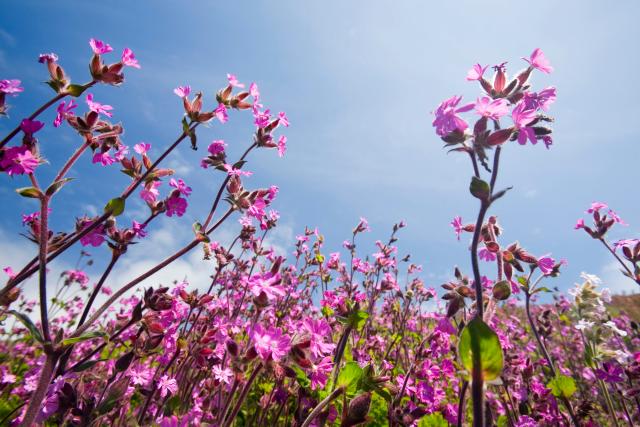
Our Focus
Our main focus is rural areas like farmland, wildlife conservation sites and publicly accessible land. But we also have exciting opportunities for urban-focused work in at least one of our three target locations.
It takes time to restore a meadow, including identifying and preparing sites and allowing time for seeds to germinate and plants to establish. Some species take a few years from the seeds being planted to their first bloom, however these steps are critical to ensure that the meadows will thrive for years to come.
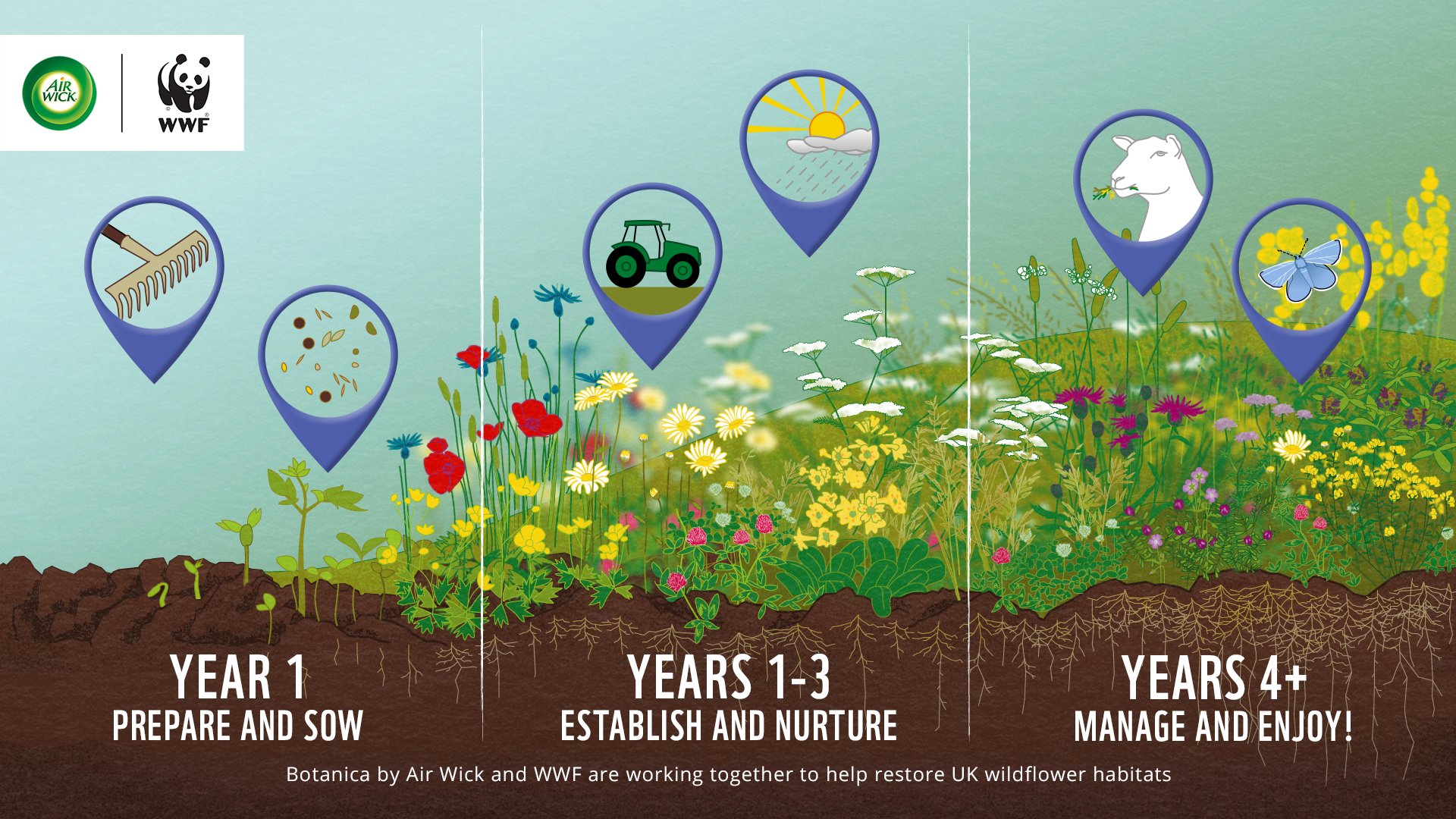
How you can help
Everyone can take action for our planet - take your first step today.
